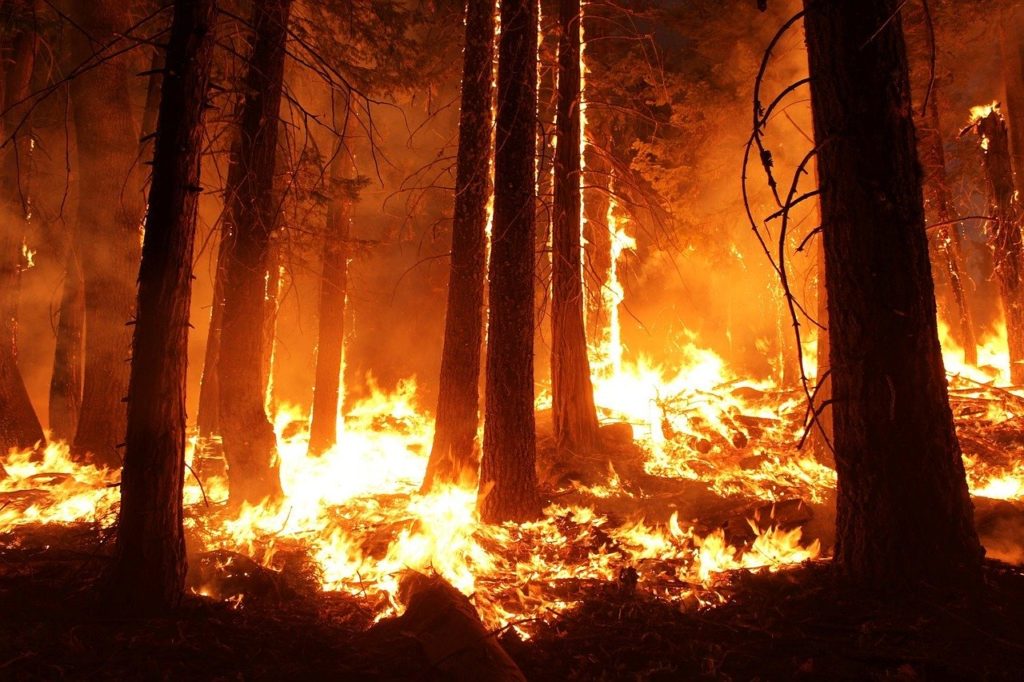2020 Anthology – Climate Change

In 2019, the global production and incineration of plastic polluted the atmosphere with over 850 million tonnes of greenhouse gases. It is expected that by 2050, if things do not change, those emissions could rise to 2.8 billion tonnes. This directly impacts our environment by repeating an alarming cycle – heat causes plastic to release these damaging emissions, the planet then grows hotter and plastic breaks down into more methane and ethylene. That cycle continues and the climate rapidly declines.
As the planet overheats, the thermal expansion of seawater and meltwater from ice sheets and glaciers will cause sea levels to rise. The global sea level has already risen as much as nine inches since 1880, and the majority of that rise has occurred in the last two and a half decades. By 2100, we could experience an increase of 12 inches above these levels, even if we reduced our greenhouse emissions.
The ocean would be lapping at our feet in Australia’s coastal cities. Amsterdam would be an island, Venice would be uninhabitable, and Fiji and the Seychelles would soon disappear. But it’s not just rising sea levels that are cause for concern. While some parts of the globe drown, others will dry out and burn.
The precipitation and evaporation patterns of the world have already been distorted by greenhouse emissions and subsequent overheating. Every year has been drier and hotter across the world. If greenhouse emissions continue to increase throughout this century, the United States stands a 60 to 80% chance of suffering a ‘megadrought’, a drought where there is no rainfall for over three decades.
As of last summer – now termed ‘Black Summer’ by some outlets – Australia has experienced its worst bushfire season in history. Over 2400 homes were lost, 81% of the Blue Mountains Heritage Area burned, 80% of people were affected by fire and smoke, and 800 million animals perished in New South Wales alone. This led to further environmental damage as it was estimated that the bushfires pumped between 650 million and 1.2 billion tonnes of carbon dioxide into the air.
Some may recall J.G. Ballard’s The Drought and The Drowned World and think that, soon enough, we will be living both. The theme for the 2020 Anthology is climate change, and it could not have come at a better time. Together, we can take action in this climate crisis.
Extinction looms overhead, what does it look like to you? The 2020 Sydney University Student Anthology is now open for submissions, so send us your most passionate artworks, poetry, short fiction and non-fiction. Will we wander infertile plains and succumb to cruel heat, or will we be swept away and submerged in raging floodwater? What can we do right now to change our environment?
 Previous Post
Previous Post Next Post
Next Post